Blockchain engineering has a lot illusions. Whenever you enter the DAPP (web page) which reads data from the blockchain - it reads it from a blockchain node, through a provider. How does it technically work?
Cardano is built on Haskell and based on the dedicated Ouroboros consensus algorithm. Plutus is Cardano's smart contracts platform. ADA is a cryptocurrency. How does it work?
Chainlink Oracles, data feeds, VRF and automation - these are leading features of Chainlink available for smart contracts and web3. Learn about Oracles concept and Chainlink technology.
External data to the smart contract (from outside the blockchain) can be provided only, as parameters (arguments) of its call. Oracles are software running outside the blockchain, which listens for requests by smart contracts for external data, and then provides this data to the smart contract.
zk-SNARK (Zero-Knowledge Succinct Non-Interactive Argument of Knowledge) is the protocol of zero knowledge proof. ZCash cryptocurrency will be the one of first opened blockchain projects, which will utilize the implementation of this fascinating algorithm in the mechanics of blockchain.
Public blockchains can be used by everyone. Private blockchains can be used by selected group of participants. This is the most basic and overall difference between public and private blockchains. What is the real difference based on?
I help understand how Bitcoin and blockchain revolutionize technology and finance.
